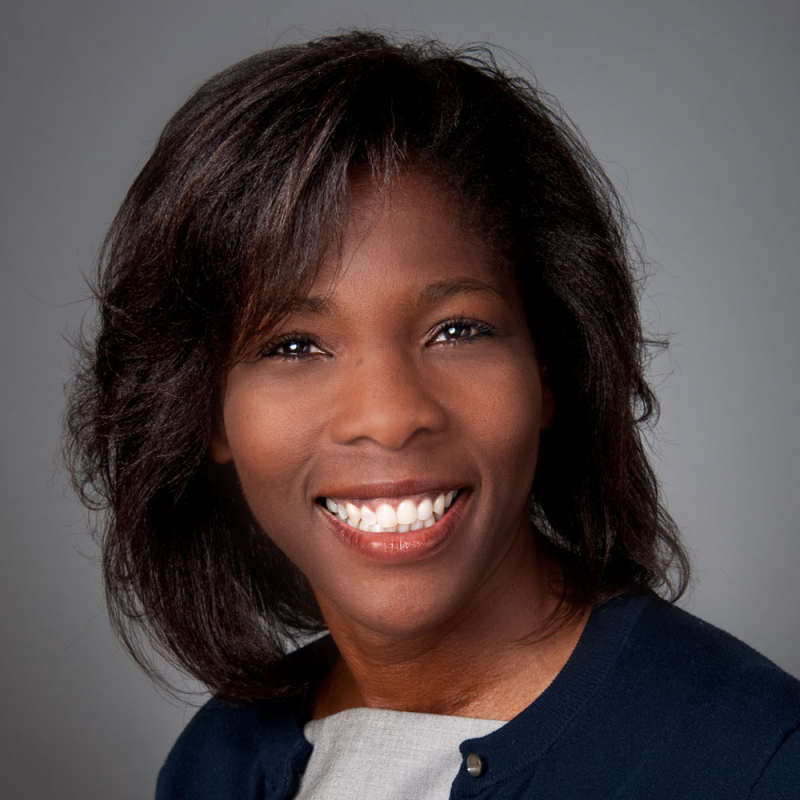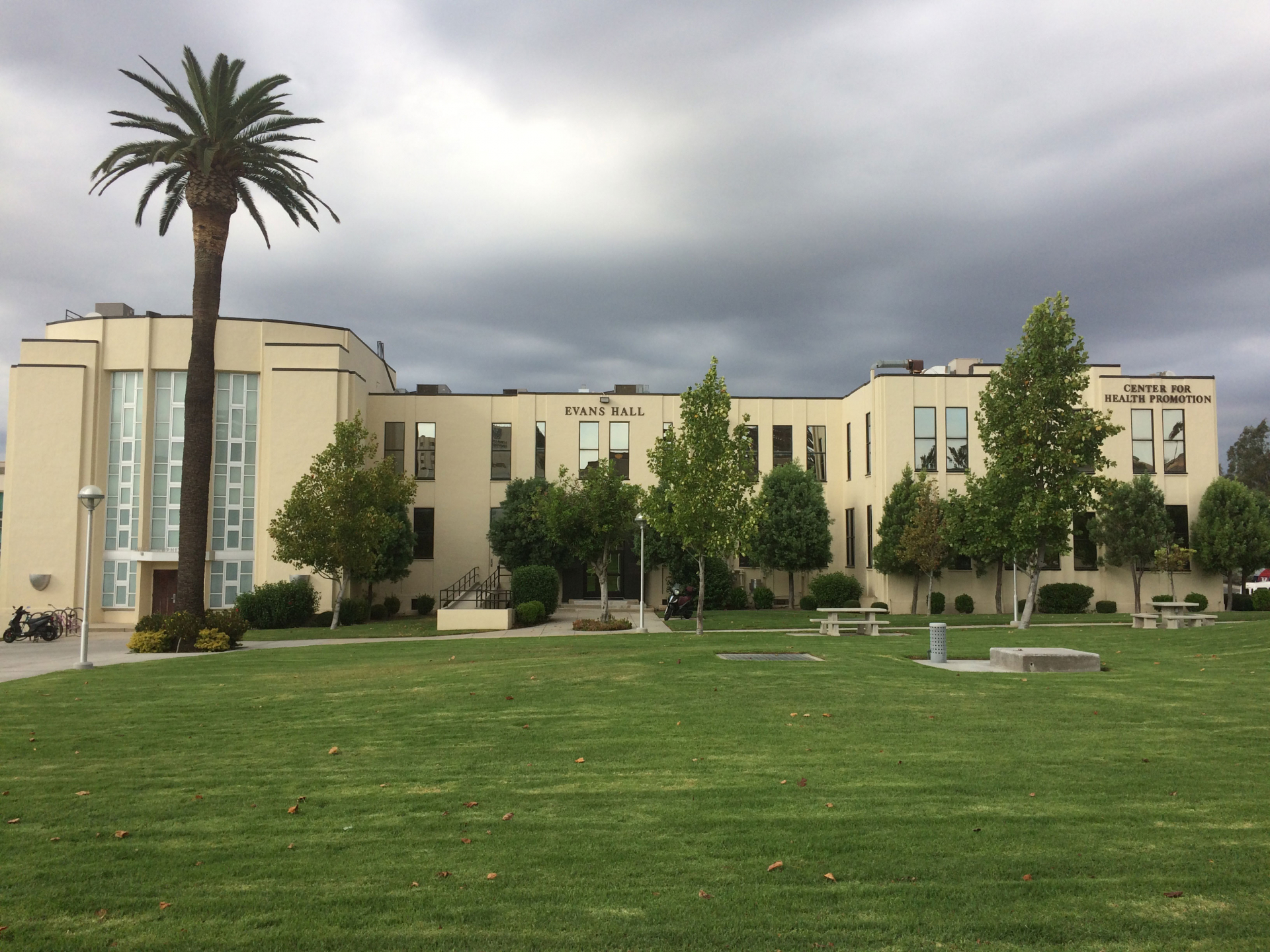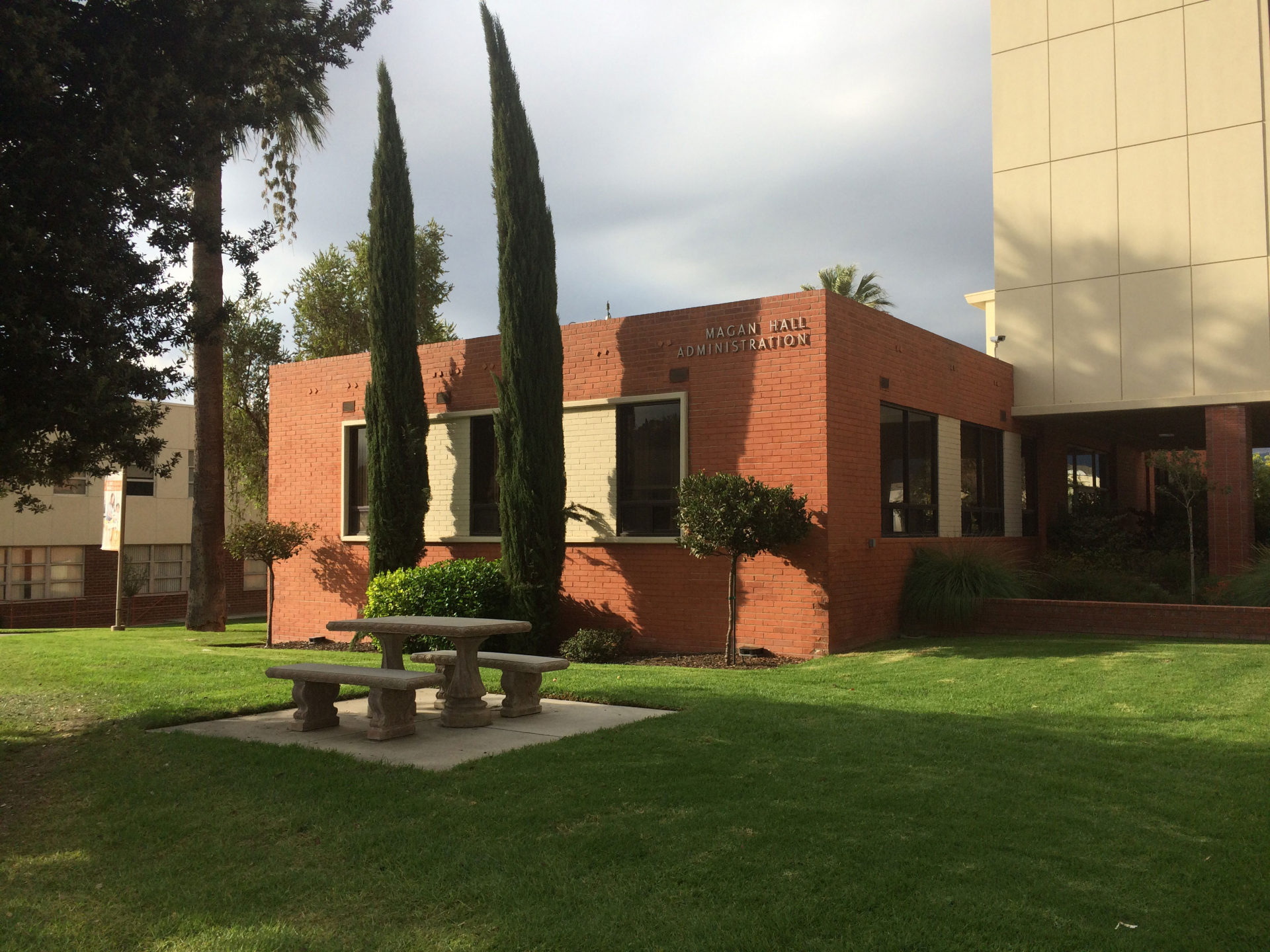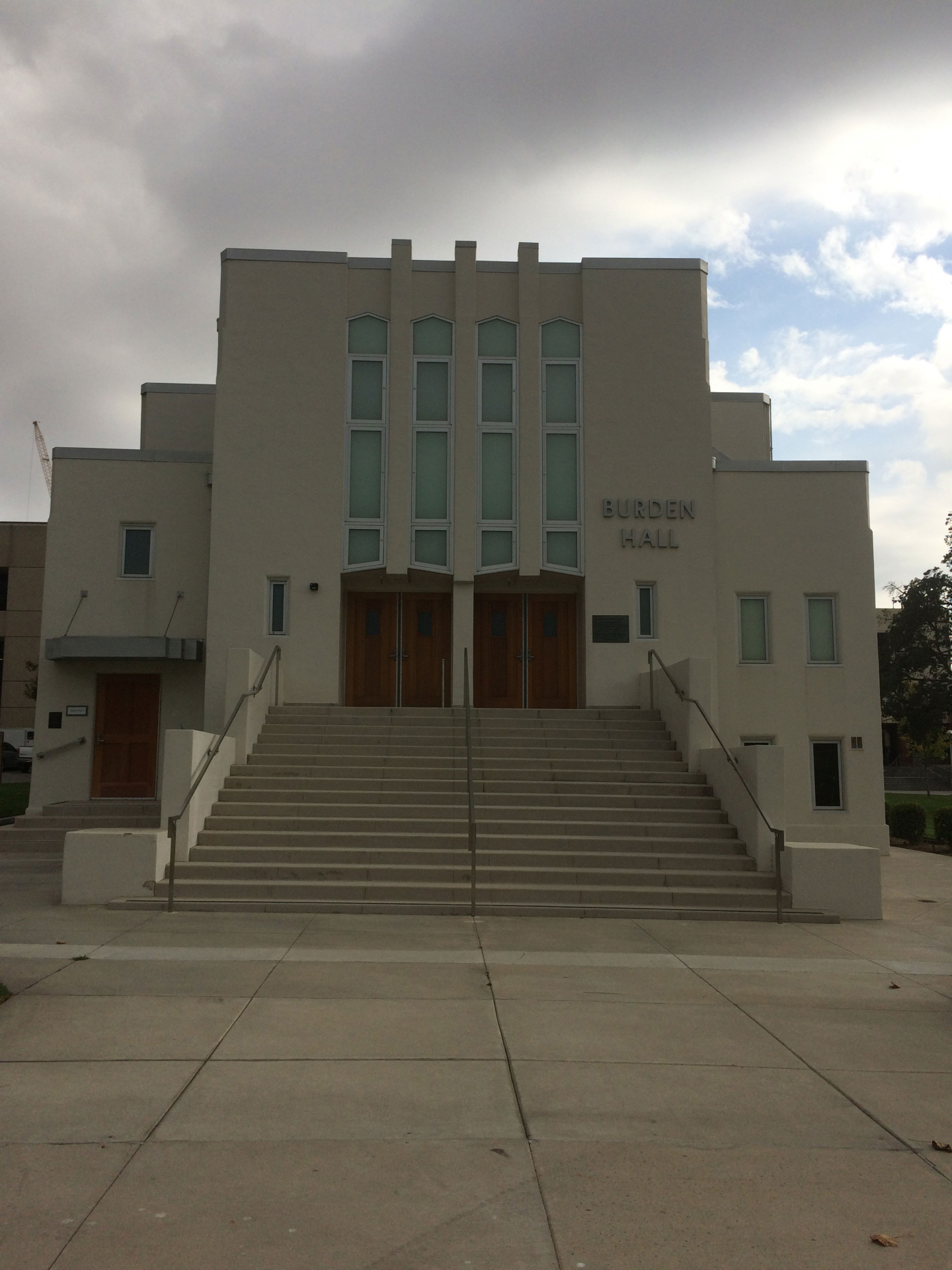
Lyndi Schwartz, MD
These Buildings Have Names
 As I recently wandered through the campus of Loma Linda University, I was inspired as I read the names on the buildings, names that I saw 30-plus years ago, but on that day, I admired. Magan Hall, Burden Hall, Evans Hall – names which as a student had little significance to me. To be honest however, just because I don’t remember an intentional lecture on these men does not mean that there was no lecture. The difference between the late 70s/early 80s and now was that I decided to study the history of my alma mater. It turns out, this history is vital to who we are as Seventh-day Adventist physicians. But what does it take to get one’s name on a building?
As I recently wandered through the campus of Loma Linda University, I was inspired as I read the names on the buildings, names that I saw 30-plus years ago, but on that day, I admired. Magan Hall, Burden Hall, Evans Hall – names which as a student had little significance to me. To be honest however, just because I don’t remember an intentional lecture on these men does not mean that there was no lecture. The difference between the late 70s/early 80s and now was that I decided to study the history of my alma mater. It turns out, this history is vital to who we are as Seventh-day Adventist physicians. But what does it take to get one’s name on a building?
Percy Tilson Magan was born Nov. 13, 1867 at Marlfield House in Ireland. His mother loved him and his father was austere. Percy would be shipped off to boarding school by his father at the tender age of 10 and then to Nebraska in the United States at 16 years of age. The man of the house there was a drunk and after one year Magan was granted permission to move to another home which was providential. He attended a “tent meeting” with a couple who befriended him in this new town and on July 4, 1886, Magan decided to keep the Sabbath and become a preacher. His father disinherited him and vowed that he would never see his son again. In late October of 1888 Magan attended the General Conference session in Minneapolis where he got to know Ellen White, a woman he would later call “Mother White.” The bashful Magan was awed by Mrs. White and her love won his heart. She taught him much about the Adventist movement. Two things were prominent in his mind, two things that would serve him well for the future and the future of Loma Linda University Medical School. First, he understood in a profound way the place of the spirit of prophecy among Seventh-day Adventist believers, and secondly, he caught a vision of the work the church must accomplish in order to fulfill the commission of Jesus Christ. He was involved starting many of our Adventist institutions including Walla Walla University, Emmanuel Missionary College, and Madison. He was a trailblazer for Seventh-day Adventist Christian education.
 In the summer of 1910, Magan felt that his work could best be aided by earning a medical degree and he enrolled at the University of Tennessee School of Medicine, from which he would graduate June 6, 1914. Of importance, Dr. Newton Evans was a faculty member there and taught pathology.
In the summer of 1910, Magan felt that his work could best be aided by earning a medical degree and he enrolled at the University of Tennessee School of Medicine, from which he would graduate June 6, 1914. Of importance, Dr. Newton Evans was a faculty member there and taught pathology.
On a parallel track, in May 1905, John Burden was urged by Ellen White to search for property near San Bernardino and Redlands which could be used for sanitarium work. While those who led out in initiating the work at Loma Linda had in mind the operating of only a sanitarium and a nurses’ training school, Ellen White declared early on, “This place will become an important educational center.” Then in December 1905, she wrote further: “In regard to the school, I would say, make it all you possibly can in the education of nurses and physicians.” In 1908, the College of Evangelists was offering three courses: evangelistic medical, nursing, and ministerial. Trustee Burden, upon requesting the state requirements for a medical school, was told by officials that it “must conform to the requirement of the Association of American Medical Colleges (AAMC), and that its buildings, laboratories, equipment, and faculty must meet rigid inspection.” Discouraged by the accreditation requirements for a Class “A” Medical School, the GC committee in June 1909 passed a resolution restricting Loma Linda to “a special training school for medical missionary workers.” Elder Burden, unflagging in his determination urged the board to apply for a state charter authorizing a full-fledged medical college. The GC at its autumn council recommended that the Loma Linda board apply for such a charter and on December 9, 1909, such a charter from the state of California was signed. This authorized the new school to grant degrees in medicine and dentistry. Conservative church leaders however, aware of the financial and scholastic demands of operating a medical school, were opposed to any course of study except a practical training without the granting of a recognized degree. Ellen White was asked by three churchmen to express her views on the topic at the Pacific Union Conference (PUC) held January 1910. She wrote: “The light given me, We must provide that which is essential to qualify our youth who desire to be physicians, so that they may intelligently fit themselves to be able to stand the examinations required to prove their efficiency as physicians…The medical school at Loma Linda is to be of the highest order, because those who are in that school have the privilege of maintaining a living connection with the wisest of all Physicians, from whom there is communicated knowledge of a superior order. And for the special preparation of those youth who have clear convictions of their duty to obtain a medical education that will enable them to pass the examinations required by law of all who practice as regularly qualified physicians, we are to supply whatever may be required so that the youth need not be compelled to go to medical schools conducted by men not of our faith.”
 On May 11, 1910, the Articles of Corporation were drawn up which consolidated the sanitarium and medical school under the legal name, “The College of Medical Evangelists” (C.M.E.). On Sept. 29, 1910, exactly 10 days after Magan started the medical course at the University of Tennessee, the College of Medical Evangelists was officially opened as the denominational medical school. But trouble was brewing.
On May 11, 1910, the Articles of Corporation were drawn up which consolidated the sanitarium and medical school under the legal name, “The College of Medical Evangelists” (C.M.E.). On Sept. 29, 1910, exactly 10 days after Magan started the medical course at the University of Tennessee, the College of Medical Evangelists was officially opened as the denominational medical school. But trouble was brewing.
During the first decade of the 20th century, medical education was deemed inadequate and inferior in most American medical colleges. In 1908, Dr. Abraham Flexner was requested by organized medicine and the Carnegie Foundation for the Advancement of Teaching to investigate American medical education. Further complicating the Flexner headwinds, in 1910, few Seventh-day Adventists comprehended what was happening in medical education and felt that investing in laboratories and hospitals was unwise. Church leaders knew of physicians who took a short course and received an MD degree. Besides anyone could train under a preceptor and become an MD. Therefore, when high standards of training were suddenly imperative and when adequate laboratories and hospitals became non-negotiables for C.M.E., leaders in the North American Division balked at getting funds for a medical college. The Flexner Report of 1910 is famous among medical educators nationwide today, as it would set the standard of medical education for the future. In fact, the report was said to be “the birth of medical education”. Nearly 70-percent of medical schools in the United States and Canada were “condemned” and closed within two to three decades.
C.M.E. had its site visit and the school received a “C” rating. If C.M.E. was to serve the international church, it must receive the highest accreditation in America. A class “C” rating was a handicap and was the mark of an unrecognized college. Such colleges could not even take the necessary examinations. Space does not permit all the developments at C.M.E. as it tried to raise its rating. To cite just a few: in 1913, a new hospital was constructed at Loma Linda and by September of the same year the dispensary was opened in Los Angeles, as well as changes made in faculty and student selection. But the church leaders from the GC to the Unions still had grave doubts.
A change in administration took place in August 1914 when Dr. Newton Evans left the University of Tennessee to become president of C.M.E., and a new site visit was performed. Dr. Evans thought of his friend Dr. Magan back in Tennessee. He felt that the Irishman had winning ways in public relations, that he was an astute educator and that he was undivided in his loyalty to the church. Dr. Magan was to go to the Council to help in increasing the school’s rating. The request was denied. Amongst the concerns of the Council on Medical Education was that the anatomy laboratory “was an insult to the college.” Dr. Magan was undeterred and very optimistic. Significantly Magan noted, that “It would be one of the worst things in the world if Loma Linda should be able to get into the legal ‘A’ grade and at the same time not be in the spiritual ‘A’ grade.”
He attended the 1915 Autumn council of the GC Committee at Loma Linda. The medical school had at that time a $400,000 debt and came under immense scrutiny. Certain brethren were determined to close the institution. Speeches were made. PT Magan’s response was pivotal. He said, “We have just passed through one of the biggest battles in the history of the denomination, nominally over Loma Linda, but in reality, involving the integrity of the spirit of prophecy and our belief in the same.” His relationship with Ellen G. White in his younger days cemented in his mind that she was an inspired prophet. Several years later, in describing the speeches that were made to save the medical school, Dr. Magan paid tribute to Elder Daniels. The GC president arose and addressed the council saying, “My brethren. I am astounded and I must speak. If I do not say my mind I will be a coward and unworthy of your confidence. Brethren, listen to me. We all profess faith in the spirit of prophecy, but we forget that one of the last things the prophet ever wrote was that our young men and women, should be given their full training in our own school and should not be forced to go to worldly schools. And here we are, before the prophet is hardly cold in her grave, proposing that our young men and women should have only half their education from us and then shall be turned loose in these worldly schools. Now, I protest against it. That is all I can do, but I do most earnestly protest it. We can build up this school. We can support it. We can do anything that God wants us to do.” Those who were present said that stirring speeches by Elder W. C. White, Elder George I. Butler, and Dr. Magan were strong influences in turning the vote in favor of a fully accredited medical school. Dr. Percy told exactly what Adventist youth would face in a typical medical school. “His words were so pointed and took such a deep hold that men who strongly opposed the continuance of the school were practically unable to answer Magan’s arguments and those who were battling for the school took a new grip.” The full four-year medical school was maintained and the College of Medical Evangelists was saved. The leaders of the denomination were on board. As Dr. Magan began his work as dean, he felt that if the church turned back from establishing a medical college in harmony with the counsel of Ellen White, the youth of the denomination would lose faith in that counsel.
The years of struggle for accreditation were full of mountainous challenges and miracles including the Musgrave Report and events surrounding WWII and the draft, but seven years later, on Nov. 16, 1922 the Council on Medical Education and Hospitals granted the College of Medical Evangelists a class “A” rating!
Dr. Magan, guided by the spirit of prophecy, was humble in this hour of victory and gave God the glory. He said, “Surely the hand of God has been over this place…I can never feel thankful enough to our heavenly Father for all of His kindness, and I am praying daily that the experiences through which we have passed may ever have an influence to keep the hearts of our dear young men and women turned toward the great God who needs their service in this world’s lazar house of sorrow.”
Magan Hall, Burden Hall, Evans Hall. What do these buildings with names mean? They stand as witnesses for us to the power of God and the vision of the spirit of prophecy and belief in the same. They call us to that service to which our Lord Jesus Christ committed Himself. What is our response?
<< | Table of Contents | >>
